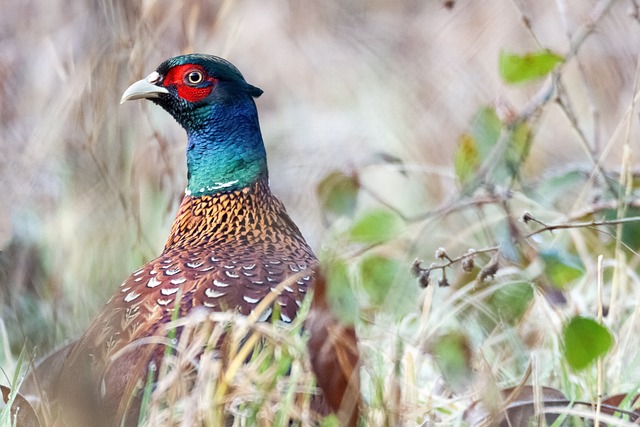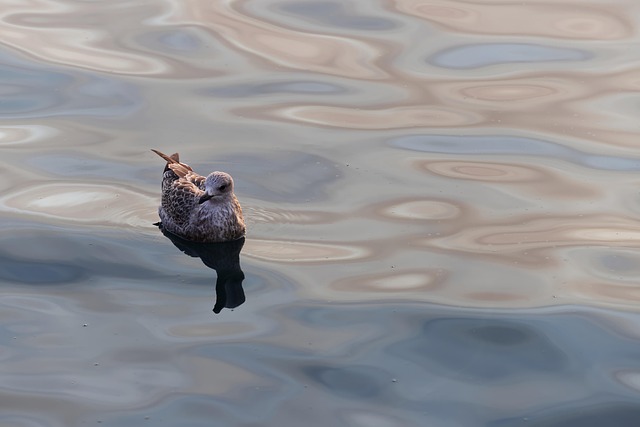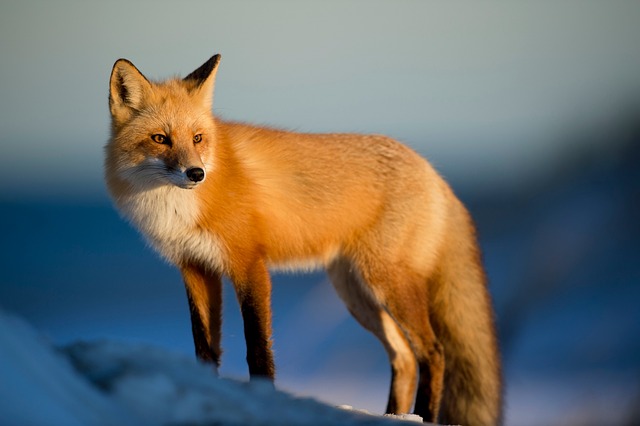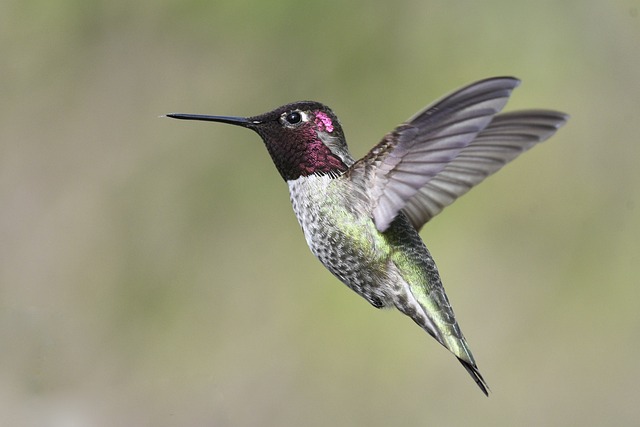Florence, Oregon, is a premier birdwatching destination boasting over 250 species of birds due to its diverse ecosystem. Critical nesting sites and feeding grounds attract terns, gulls, ducks, herons, egrets, and woodpeckers year-round. The unique geography offers varied habitats from coastal dunes to wetlands and dense forests. While responsible recreation and conservation efforts preserve the delicate balance, uncontrolled development poses threats. Adhering to sustainable practices like designated trails and reduced light pollution is crucial for maintaining Florence's reputation as a premier birdwatching spot.
“Explore the rich coastal ecosystems of Florence, Oregon, where a unique avian biodiversity thrives. From breathtaking viewpoints to hidden coves, this charming seaside town offers unparalleled birdwatching opportunities. Discover top spots along the Oregon Coast tailored for avid and novice watchers alike. Uncover how human activities both impact and preserve these vital habitats, ensuring a sustainable future for Florence’s diverse bird population. Immerse yourself in the natural beauty of Florence, where every shorebird tells a story.”
- The Unique Avian Biodiversity of Florence's Coastal Ecosystems
- Top Birdwatching Spots Along the Oregon Coast in Florence
- How Human Activities Impact and Preserve Coastal Ecosystems for Birdlife
The Unique Avian Biodiversity of Florence's Coastal Ecosystems

Florence, Oregon, boasts a remarkable coastal ecosystem that serves as a haven for diverse avian species, making it a paradise for birdwatchers. The unique geography and varied habitats along the coast support an extensive array of birds, from elusive shorebirds to majestic seabirds. Visitors and locals alike can explore these ecosystems and observe over 250 species of birds, many of which are year-round residents.
The coastal areas near Florence provide critical nesting sites and feeding grounds for a variety of bird types. The rocky shores and sandy beaches attract terns, gulls, and various species of ducks, while the nearby estuaries and wetlands are home to herons, egrets, and the elusive clapper rail. Forest areas offer shelter for songbirds and woodpeckers, creating a diverse avian community that birdwatchers can enjoy year-round. Florence’s coastal ecosystems truly represent a natural treasure for ornithologists and nature enthusiasts alike, providing an unforgettable experience for those interested in Florence birdwatching.
Top Birdwatching Spots Along the Oregon Coast in Florence

Florence, nestled along the dramatic Oregon Coast, offers some of the most breathtaking birdwatching spots in the region. From the bustling shores of the Pacific Ocean to the lush forests that blanket the coastal hills, this area is a true haven for avian enthusiasts. The diverse ecosystem supports an incredible variety of bird species year-round, making it a popular destination for local and visiting ornithologists alike.
One of the top spots for Florence birdwatching is the Oregon Dunes National Recreation Area, where visitors can witness majestic birds like the California Gull and Western Sandpiper soaring above the vast sand dunes. The nearby Siuslaw River and its surrounding wetlands are also teeming with feathered friends, including the great blue heron and various species of ducks. For a more secluded experience, head to the Cape Perpetua Scenic Area, known for its dense forests and rich diversity of woodland birds, such as the Steller’s Jay and Dark-eyed Junco.
How Human Activities Impact and Preserve Coastal Ecosystems for Birdlife
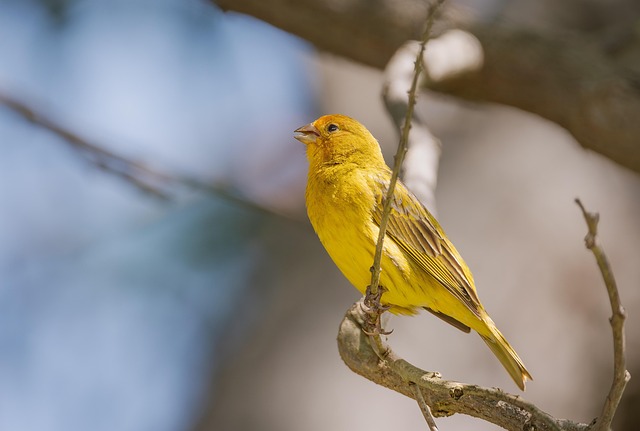
Florence, Oregon’s coastal ecosystem is a vital habitat for diverse bird species, offering a rich experience for local and visiting birdwatchers. Human activities have both positively and negatively influenced this delicate balance. On one hand, responsible recreational activities like birding tours and conservation efforts contribute to the preservation of these ecosystems. These initiatives ensure that areas remain undisturbed, providing safe nesting sites and abundant food sources for birds. Florence’s coastal trails and observation points are carefully managed to minimize human impact, allowing visitors to enjoy the natural environment while respecting the birds’ needs.
However, uncontrolled development and tourism can pose significant threats. Construction projects, if not properly regulated, may disrupt bird populations by altering their habitats and migration routes. Increased noise levels and artificial lighting from bustling tourist areas can cause stress and disorientation in these creatures. As such, it is crucial for local communities and visitors to engage in sustainable practices, like adhering to designated trails and reducing light pollution, to ensure the long-term health of Florence’s coastal bird populations and maintain its reputation as a premier destination for birdwatching.
